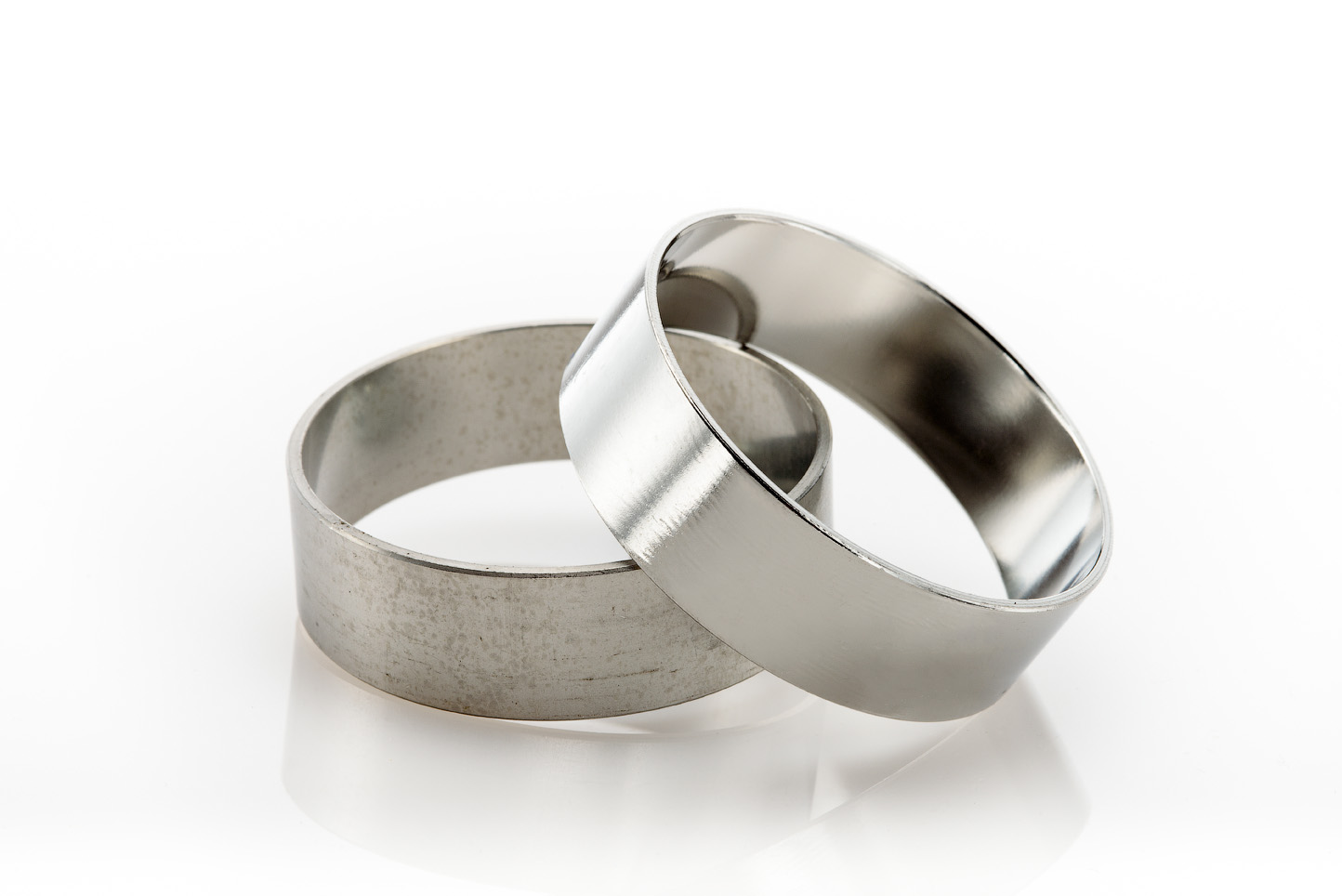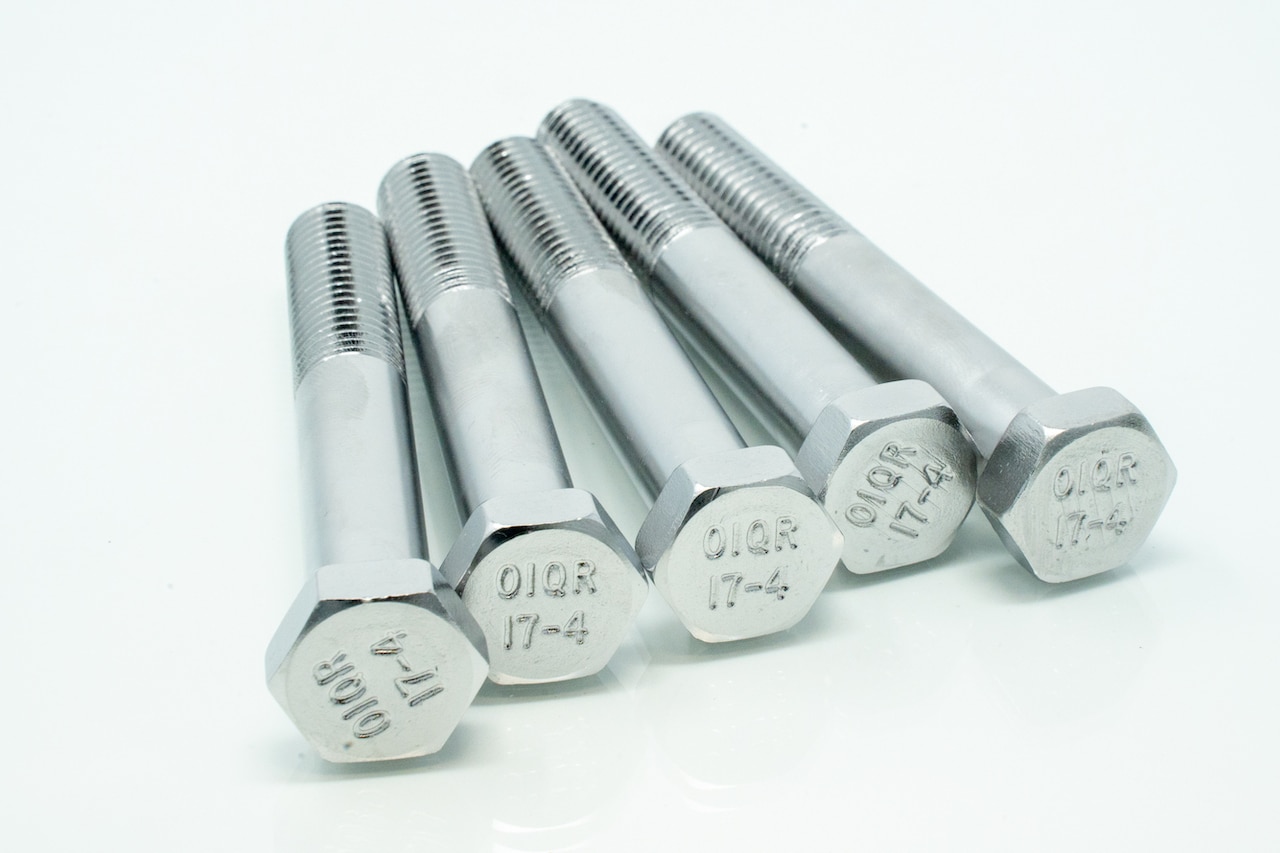
Case Study: Restoring Corrosion Resistance for Stainless Steel Threaded Bolts
Client Background
A leading manufacturer of precision-engineered parts approached New England Electropolishing with a critical issue affecting their 17-4 Stainless-Steel threaded bolts. These bolts were integral components in their high-performance machinery, but they were experiencing significant corrosion problems, making them non-conforming and unusable. The root cause was determined to be discoloration from the forging process used on the head of the bolts.
The Challenge: Corrosion
The primary challenge was the presence of corrosion on the stainless-steel threaded bolts, which compromised their performance and reliability. The client needed a solution that could effectively remove discoloration, embedded impurities, and ensure a uniform, corrosion-resistant finish. The goal was to descale and passivate the parts to restore their integrity and extend their service life.
The Solution: Electropolishing
New England Electropolishing proposed the use of electropolishing to address the corrosion issues. Electropolishing is an electrochemical process that removes a thin layer of material from the surface of a metal part, enhancing its finish and improving its corrosion resistance. This process was ideal for the threaded bolts as it could:
- Remove Heat Discoloration and Surface Contaminants: Electropolishing effectively removes corrosion, scale, and other surface contaminants, ensuring a clean and smooth surface.
- Enhance Corrosion Resistance: The process passivates the stainless steel, forming a uniform, corrosion-resistant oxide layer.
- Improve Surface Finish: Electropolishing provides a bright, smooth, and aesthetically pleasing finish, which is crucial for parts that must meet strict visual and performance standards.
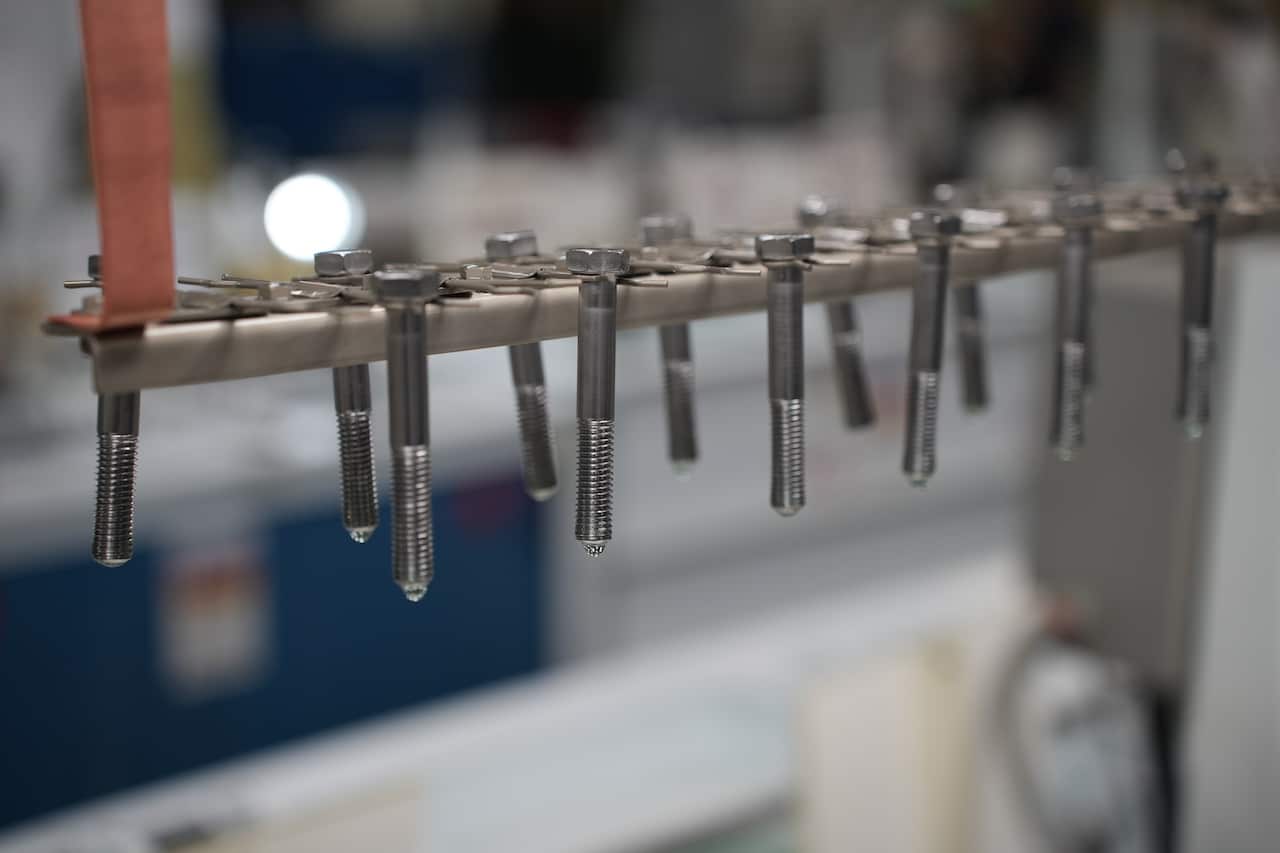
Parts being racked for electropolishing.
Implementation:
The electropolishing process involved the following steps:
- Pre-Cleaning: The stainless-steel threaded bolts were thoroughly cleaned to remove any dirt, grease, or oils that could interfere with the electropolishing process.
- Descaling- The bolts were descaled prior to Electropolishing using a mild Deox Electropolishing Process. This process loosens up heat affected zones on material and prepares the part for Electropolishing.
- Electropolishing: The bolts were submerged in an electrolytic bath and subjected to a controlled electrical current. This process selectively removed a thin layer of metal from the surface, eliminating corrosion and other imperfections.
- Citric Acid Passivation: After electropolishing, the bolts Passivated per ASTM A967, Citric 3 for additional corrosion resistance
- Final Rinsing Procedures: Following Passivation, the Bolts were put through a multistage rinsing procedure which includes clean water rinses concluding with a two-stage deionized water rinsing procedure.
- Final Inspection: The bolts underwent a rigorous inspection to ensure they met the required standards for surface finish and corrosion resistance.
Results:
The electropolishing process successfully descaled and passivated the stainless-steel threaded bolts, resulting in:
- Restored Corrosion Resistance: The bolts exhibited significantly improved resistance to corrosion during testing, meeting the client’s stringent requirements.
- Uniform Finish: The parts had a bright, smooth, and uniform finish, ensuring they conformed with the forged parts they were designed to integrate with.
- Extended Service Life: The enhanced corrosion resistance and improved surface finish extended the service life of the bolts, reducing the need for frequent replacements.
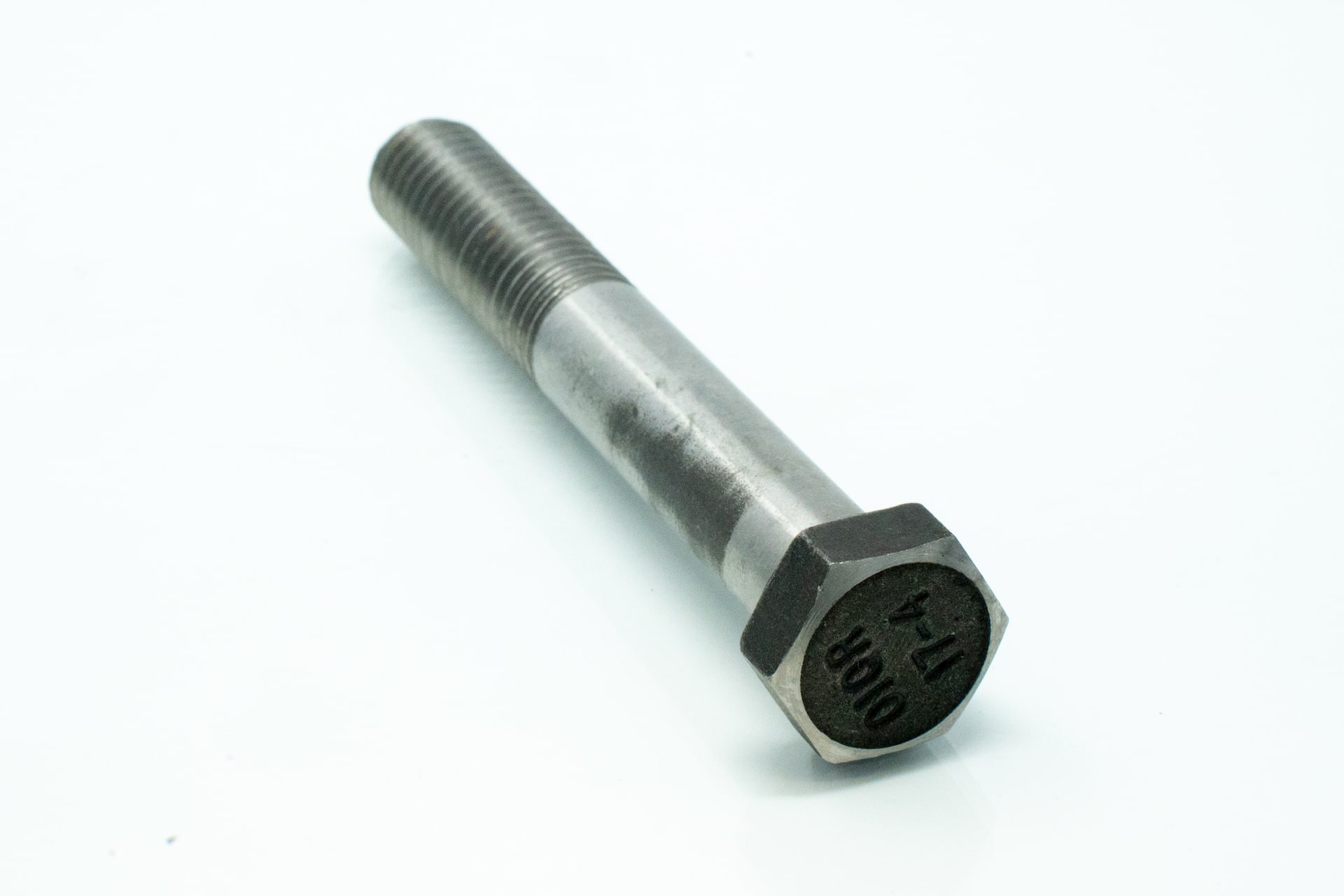
Before
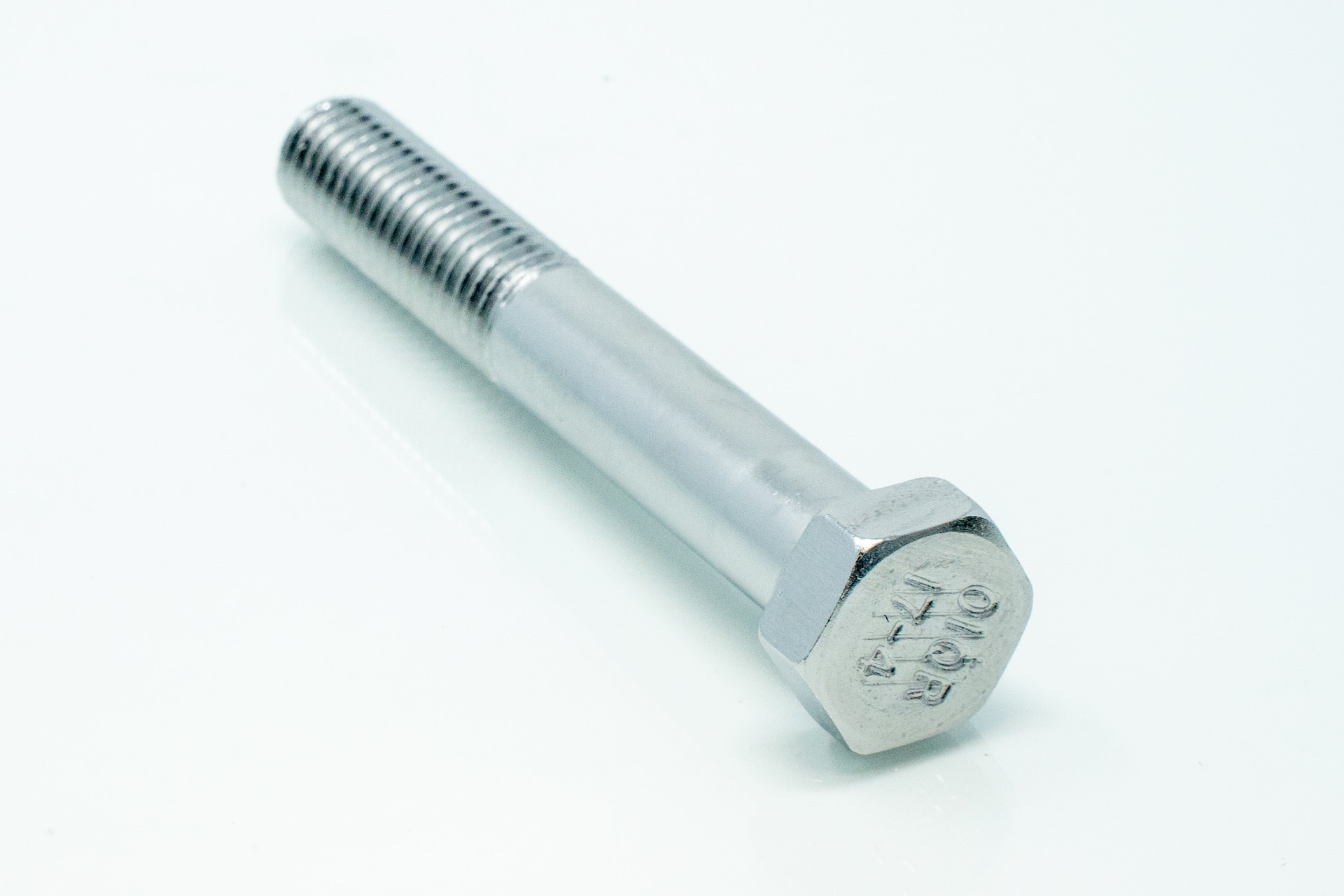
After
Client Feedback
The client was highly satisfied with the results, noting that the stainless steel electropolishing process not only resolved their immediate corrosion issues but also improved the overall performance and reliability of their products. They appreciated New England Electropolishing’s expertise, and the high-quality results delivered within the project timeline.
Conclusion
New England Electropolishing’s application of electropolishing provided an effective solution for a client facing significant corrosion challenges with their stainless-steel threaded bolts. The process restored the parts’ corrosion resistance, provided a uniform finish, and extended their service life, demonstrating the value and effectiveness of electropolishing stainless steel in industrial applications.
For more information about our electropolishing services and how we can help solve your metal finishing challenges, contact New England Electropolishing today.
Does Electropolishing Prevent Corrosion?
“Electropolishing is an electrochemical process that enhances metal alloys resistance to corrosion. Electropolishing is used to clean, deburr and passivate metals by removing impurities from the surface left behind from manufacturing processes.”
Electropolishing Resources
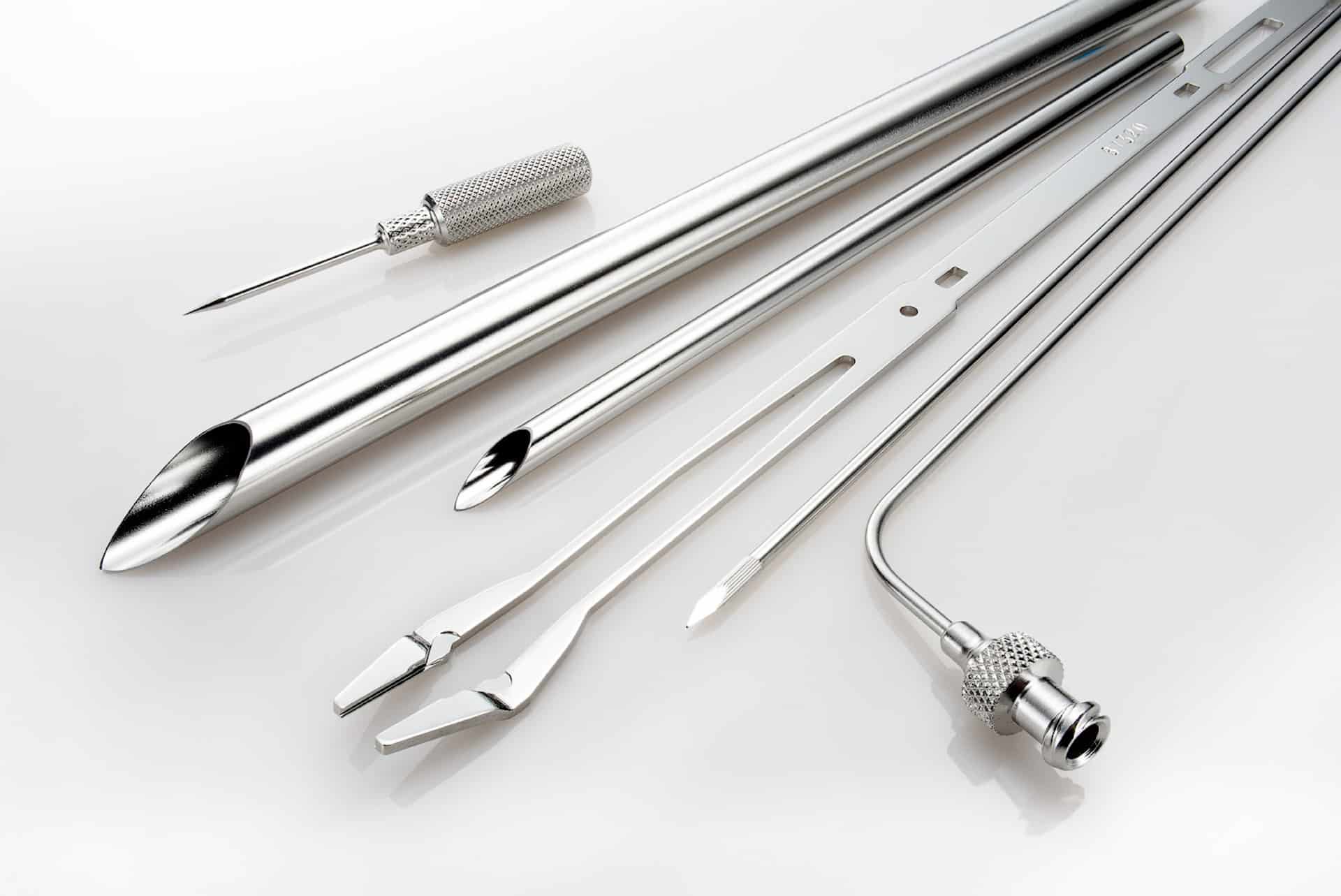
What is Electropolishing?
Electropolishing is an electrochemical and reverse plating process that removes the outer layer of skin on a metal...
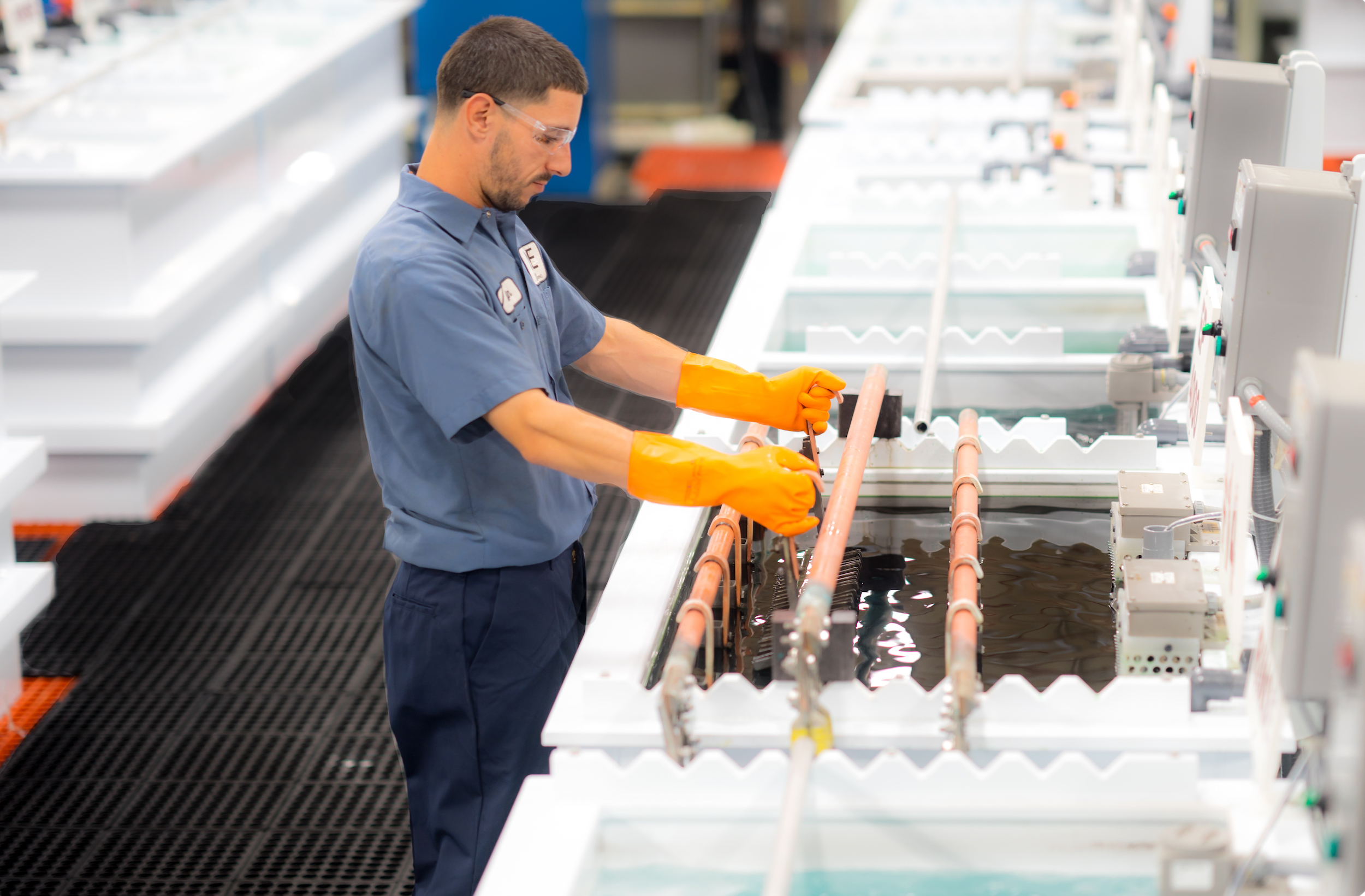
The Electropolishing Process
The electropolishing process is initiated by immersing a metal part into a temperature-controlled bath of electrolyte...
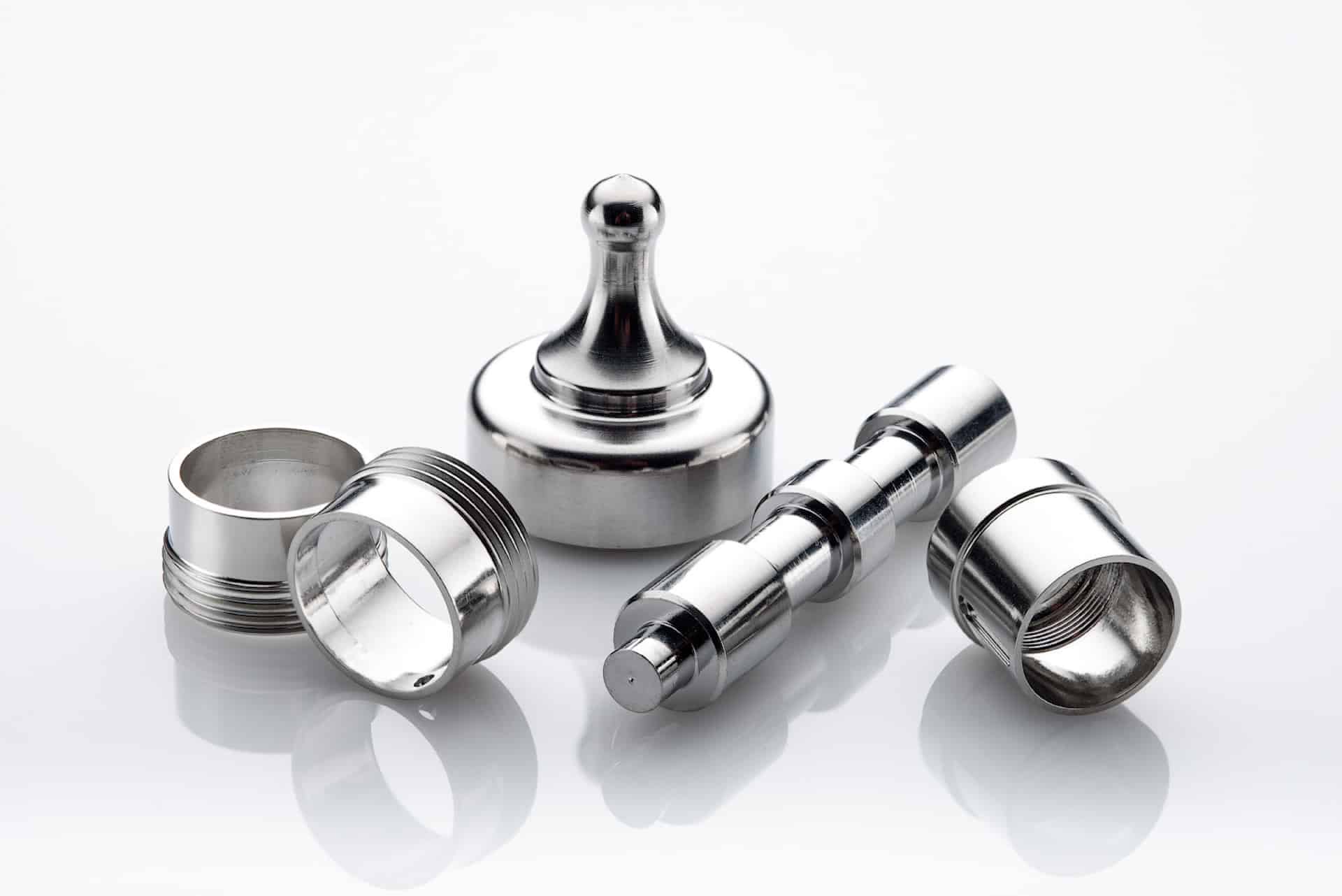
Benefits of Electropolishing
Curious about the benefits of putting your parts through the electropolishing process? Read along below where we...
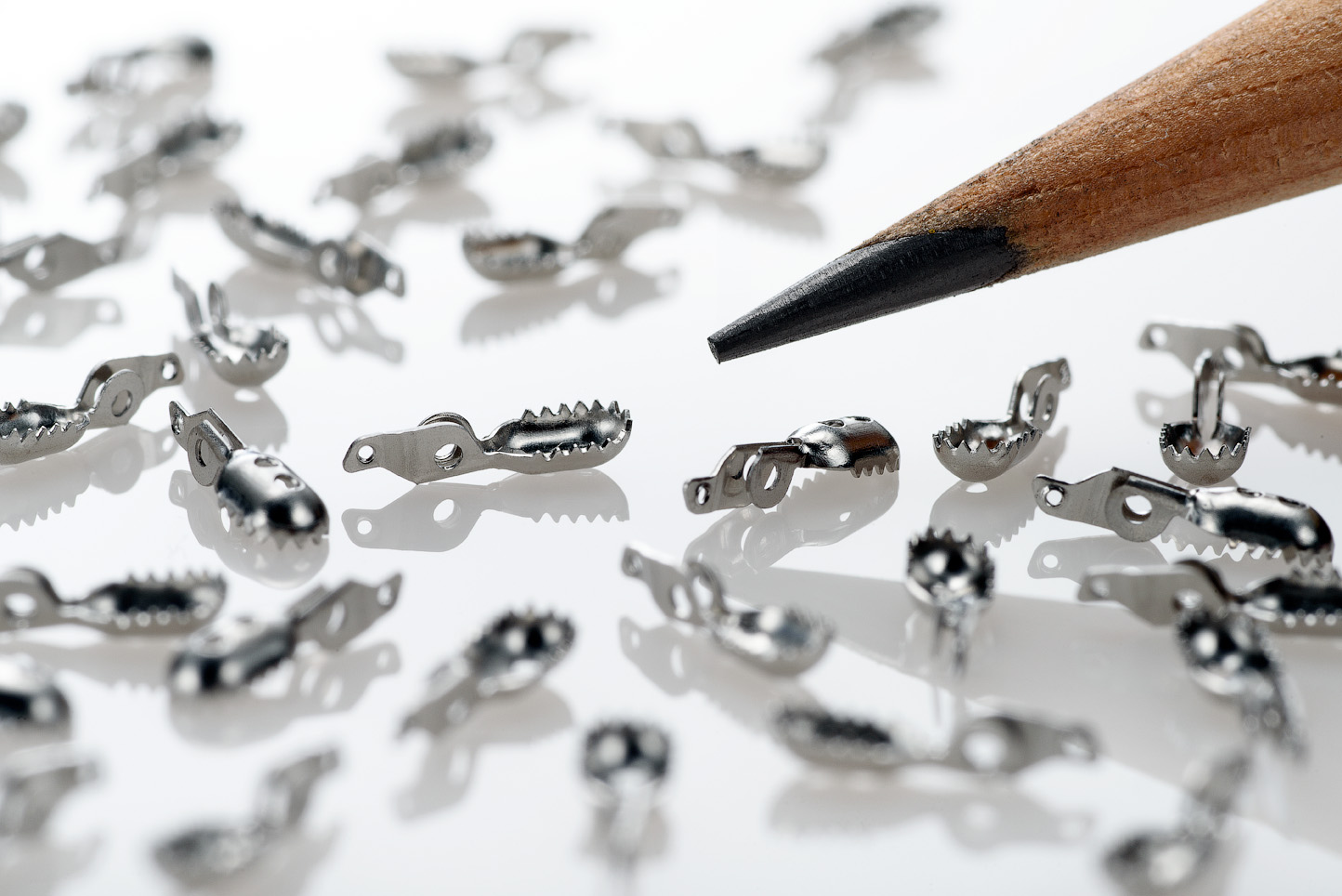
How Much Material Does Electropolishing Remove?
Electropolishing, when done properly is a highly controllable process which removes as little as...
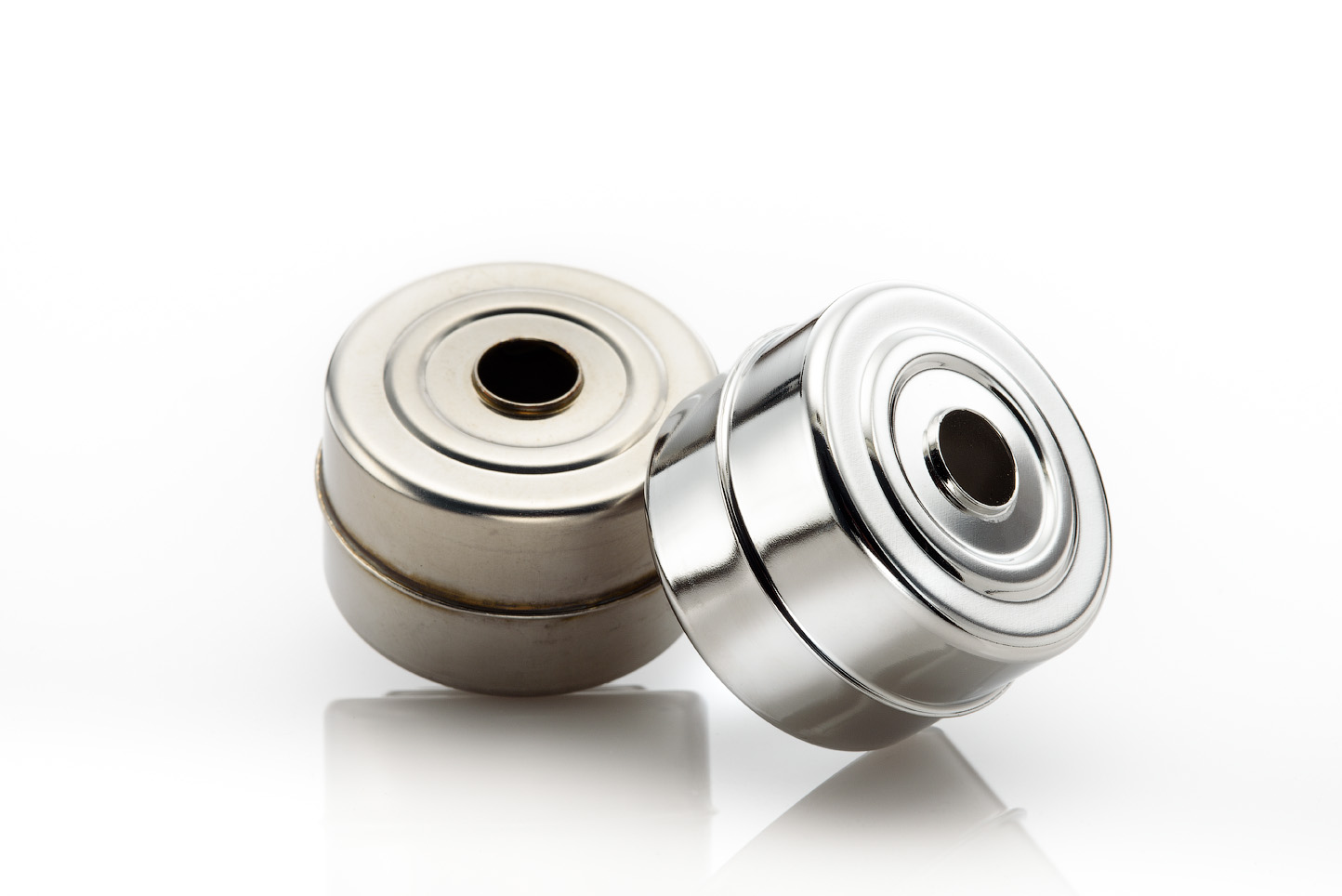
How Much Will Electropolishing Improve the Surface Finish of My Part?
Ra and RMS are both representations of surface roughness. Ra is calculated as the roughness average of a surface’s...
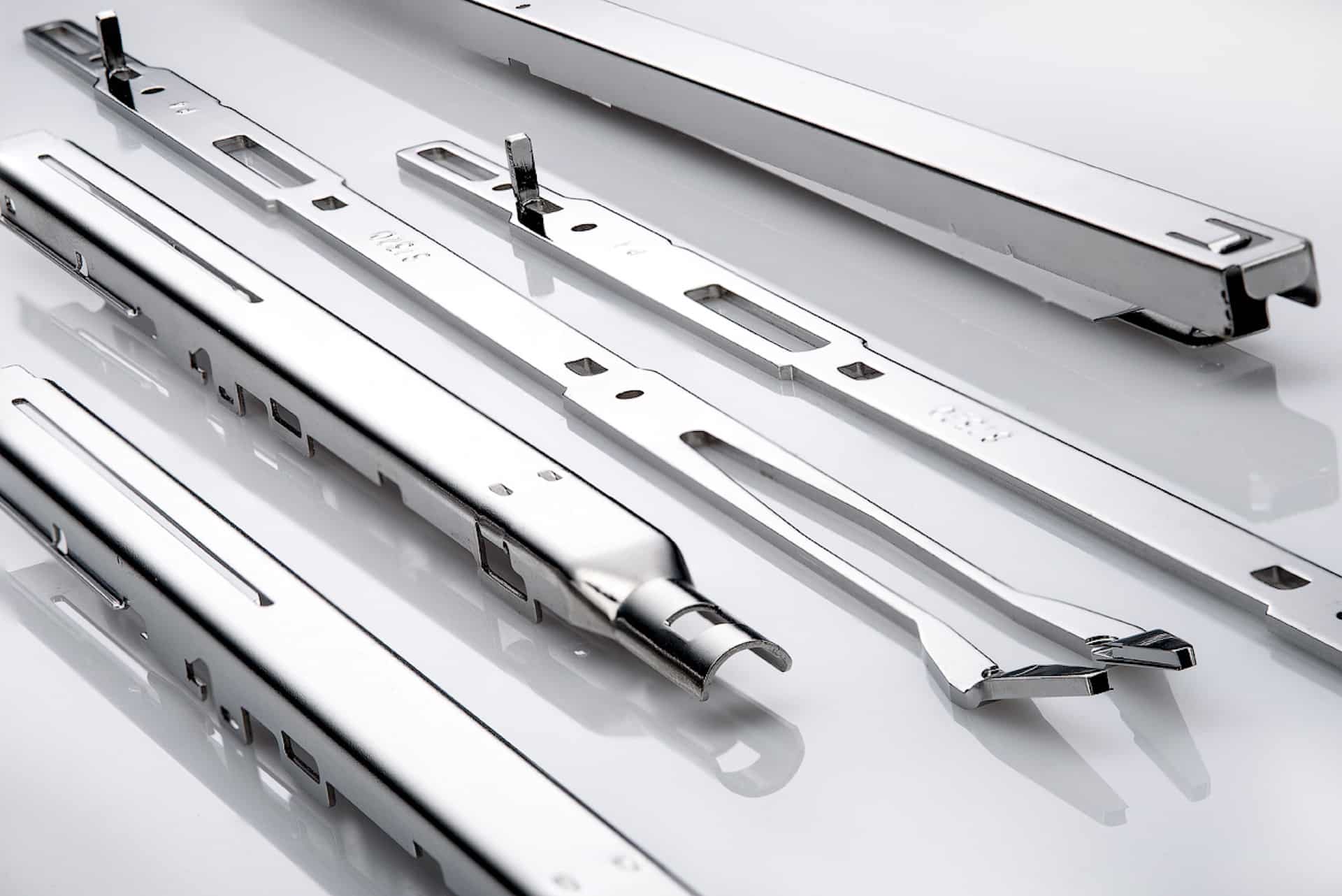
Electropolishing Frequently Asked Questions
Learn the difference between electropolishing and electroplating as well as how the electropolishing process works...
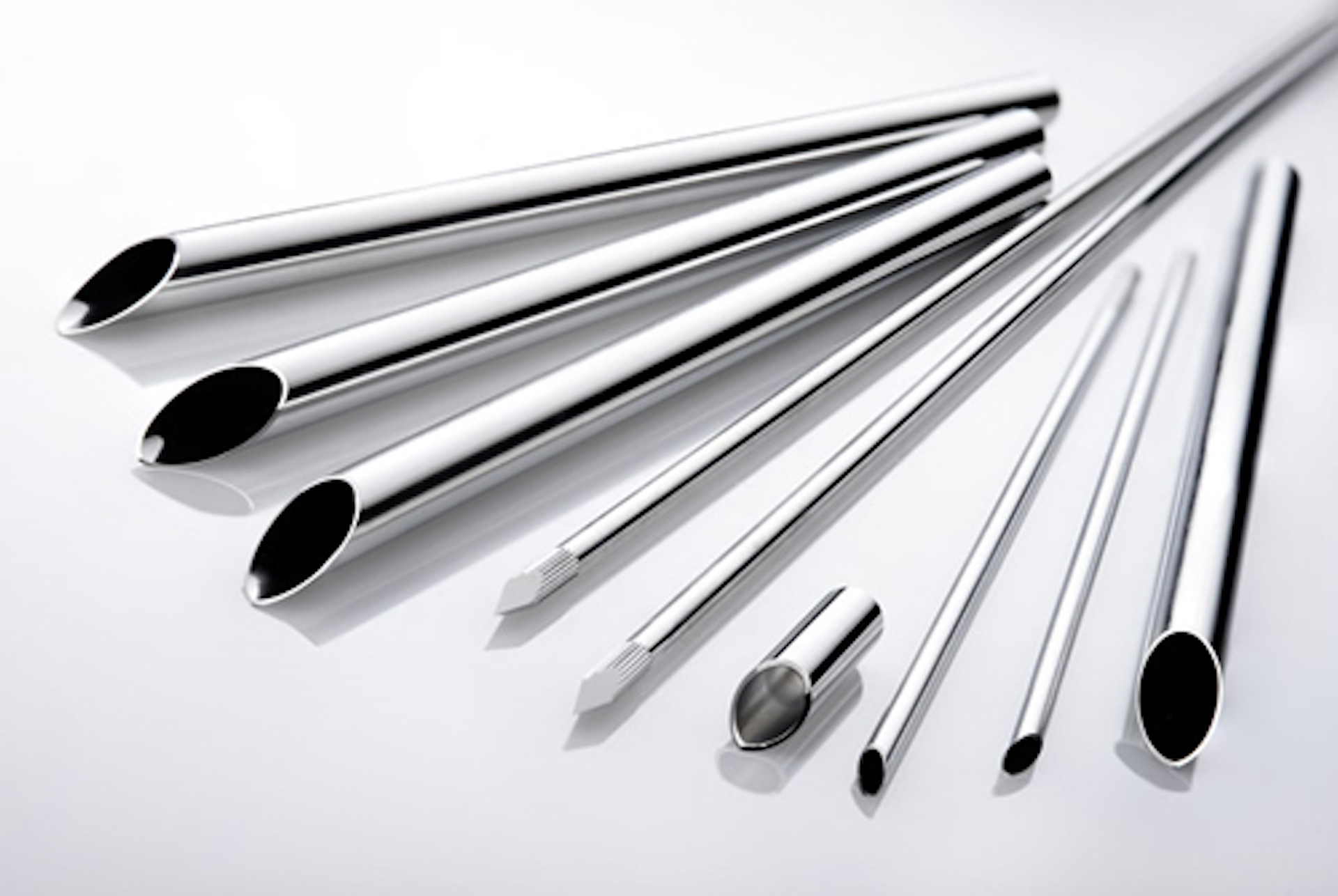
What is ASTM B912?
ASTM B912 is an industry standard for the passivation of stainless steel alloys through electropolishing...
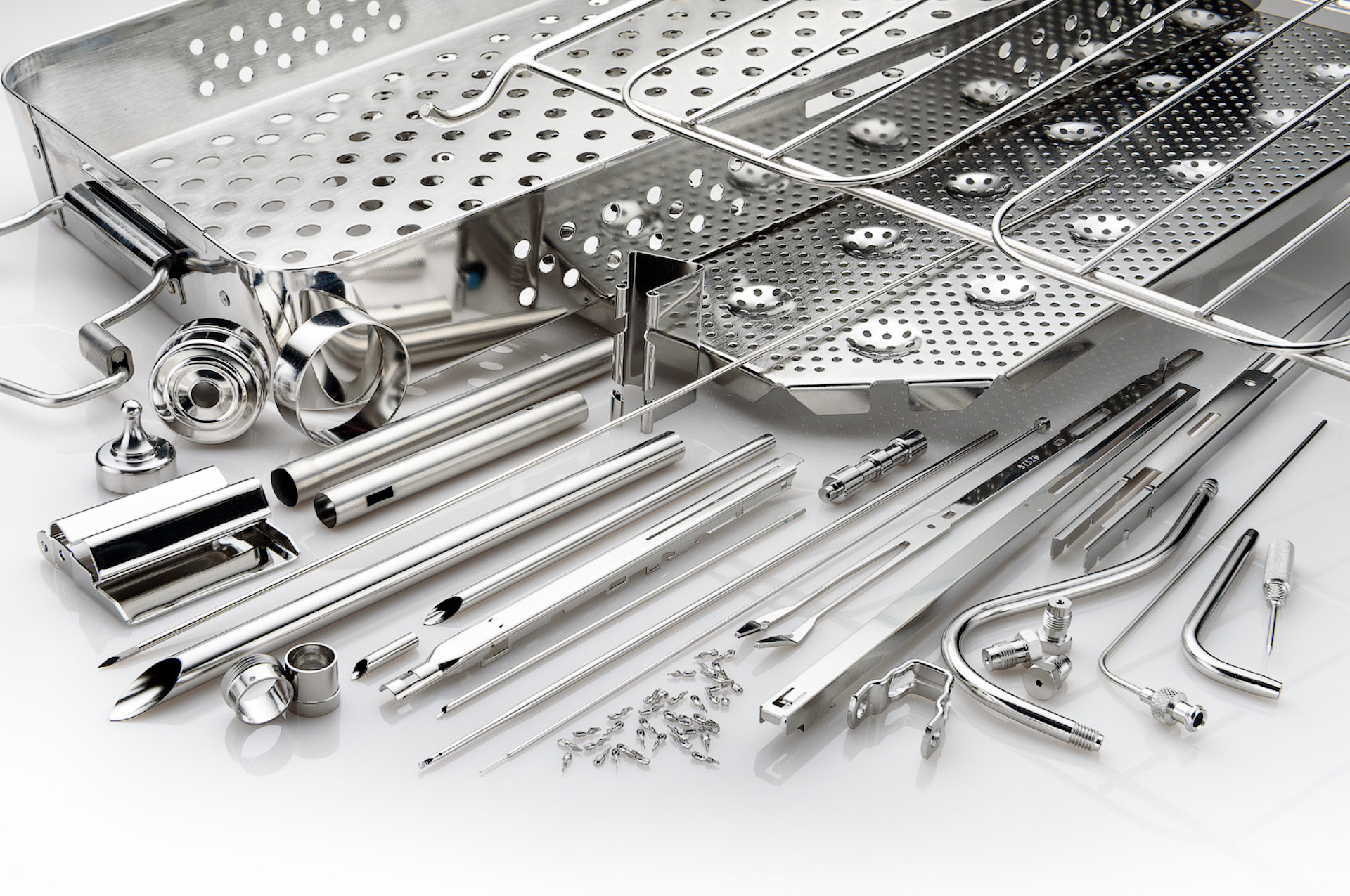
What is ASTM A967?
ASTM A967 is an industry standard specification for the chemical passivation treatments for stainless...
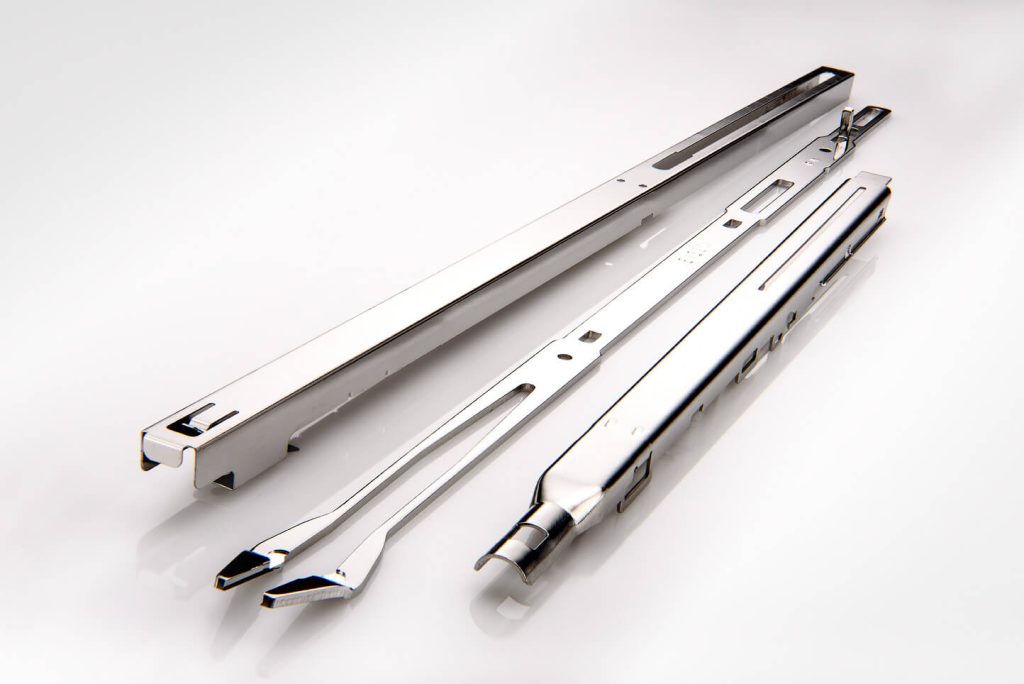
What is ISO 13485?
ISO 13485 is a standard that applies specifically to medical devices. ISO 13485 is designed to be...
